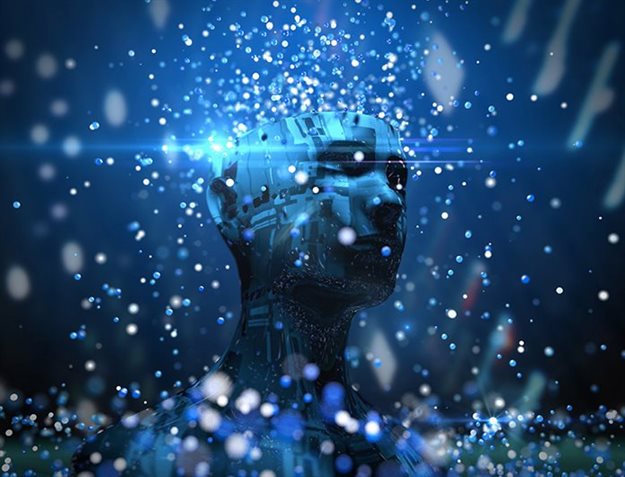Automation may cause job cuts, but it also has the power to level the playing field if women can transition to the new workplace it will bring.
Based on a report by the McKinsey Global Institute, looking at workplace transitions in the age of automation, technology adoption could displace millions from their jobs, while others will need to drastically adapt. Smart technology and automation may cause major job losses – as much as 20% in women and 21% in men.
But if women can reskill themselves fast enough, they may be able to claim back their share of the workforce.
Carving out a place in the old world
Presently, 28% of the South African AI talent pool is female – one of the smallest gender gaps globally. Comparatively, the USA has 23% female talent, Argentina 17% and Germany 16%, according to the Global Gender Gap Report 2018 released by the World Economic Forum.
But gender stereotypes are still prevalent. For example, 4.2% of women in the female AI talent pool work as data analysts in contrast to 3% of men. Male AI professionals fill more roles such as a software engineer, head of engineering, head of IT as well as business owners and chief executive officer – positions that are generally more lucrative and of a more senior level, the report found.
“In a male-dominated industry, women are not encouraged by ‘society norms’ to view Engineering as a natural career path, and potentially, we still suffer from high tech industries being the domain of a ‘man’s job’. This starts as early as childhood, where young women don't see STEM subjects as attractive or a natural step to career progression,” says Dr Nick Bradshaw, CEO Cortex Ventures.
Cortex Ventures, a division of Cortex Group (Pty) Limited, is an AI-focused seed-to-growth-stage venture capital company that develops, incubates and invests in entrepreneurial businesses within African AI community, accelerating their growth and international expansion. Cortex Ventures offers women entrepreneurs the opportunity to pitch for funding through the Click-2-Pitch programme.
Only 13.3% of female university graduates qualified in STEM (science, technology, engineering and mathematics) fields, compared to 29% of male graduates.
“The problem facing women is in the support and encouragement from institutions, teachers and communities to choose and excel in STEM fields. Women need to feel welcome in classrooms currently dominated by men. In the same way, women need to be made to feel just as welcome, trusted and respected in industries, roles and offices that are used to seeing mostly men,” says Bradshaw.
AI has the power to open new worlds
The future will see women facing an even bigger challenge: Technology adoption could displace millions from their jobs, and others will need to change the way they work, the McKinsey report has found. Globally, 40 to 260 million women may need to transition between occupations by 2030. Most women will need to refresh their skills, as they could be more prone than men to partial automation of their jobs.
Traditional barriers will make it harder for women to make the transitions needed by the automation age: Women have less time to reskill or search for employment due to childcare, they face transport challenges due to safety and have lower access to digital technology.
If women don’t make the transition, they could face a growing wage gap or unemployment. However, if women can successfully make the transition, they could find more productive, better paid work, the report finds.
Bradshaw adds that AI and automation break down existing hierarchies and help to decentralise decision making, which can create opportunities for women.
“Tasks, decisions and work in general are guided by evidence-based recommendations from AI systems and not from a centralised few people at the top. This can empower human capital to work more autonomously, but also in collaboration with these new ways of working. For example, we are already seeing the emergence of ‘co-bots’ and AI workers in businesses who have a male or female persona, along with an email address and bio picture. They are capable of making decisions and respond to the outside world using NLG / NLP (natural language generation and natural language processing). It’s a benefit to the entire workforce, and one we need to understand and adapt to. We may even find that prejudice may start to shift to our AI-powered workers who don't take breaks, don't smoke and don't go on holiday - it's a brave new world for both men and women, and we all need to adapt,” he says.
This presents a great opportunity for women in reskilling through networking and adaption to the workplace of the future, says Bradshaw.
“We’d encourage women to stick together to upskill and learn from one another but to also engage with new 4IR communities such as Women in AI and R Ladies - groups that are run by women for women to understand the 4IR opportunity unfolding now. We can increase women’s access to opportunity simply by making positive hiring choices, funding women entrepreneurs and involving women in product design, end user experience and creative thinking. After all, 49.6% of the planet are women, so why should they be left out?”














































